Concept of Lighting
The Three Point Lighting Technique is a standard method used in video and film. It is a simple but versatile system which forms the basis of most lighting. Once you understand three point lighting, you are well on the way to understand all lighting Skill.
3 point lighting
Key Light
This is the main light. It is usually the strongest and influences the look of the scene the most. It is placed to one side of the camera/subject so that this side is well lit and the other side has some shadow.
Fill Light
This is the secondary light and is placed on the opposite side of the key light. It is used to fill the shadows created by the key. The fill will usually be softer and less bright than the key. To achieve this, you could move the light further away or use some spun. You might also want to set the fill light to more of a flood than the key.
Back Light
The back light is placed behind the subject and lights it from the rear. Rather than providing direct lighting (like the key and fill), its purpose is to provide definition and subtle highlights around the subject's outlines. This helps separate the subject from the background and provide a three-dimensional look.
Hard and Soft light
Hard light is mainly used for men or action movies, soft light is used for ladies or comedy stories.
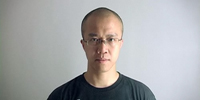 |
 |
| Hard light |
Soft light |
How to make soft light, you may use:
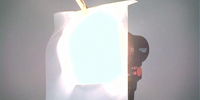 |
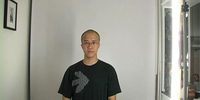 |
| Softboxes or Tracing Paper |
Long distance |
Light bulb
In general, Light bulb has Daylight and Tungsten. Keep in mind don't use Daylight and Tungsten light bulb together, because you very different the color temperature in post-production.
Daylight bulb is simulate day time lighting, the color is white and color temperature at 5600 kelvin.
Tungsten is natural lighting color. The color is yellow-orange, so known as photofloods, which have a much lower color temperature than daylight, at 3200 kelvin.
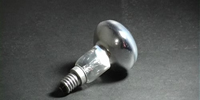 |
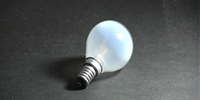 |
| Daylight bulb |
Tungsten bulb |
Lighting Equipment
You can buy or rent professional light. If you have not got enough budget, you may use desktop Light or Fluorescent Lighting instead.
 |
 |
 |
| Professional light |
desktop Lighting |
Fluorescent Lighting |
|










